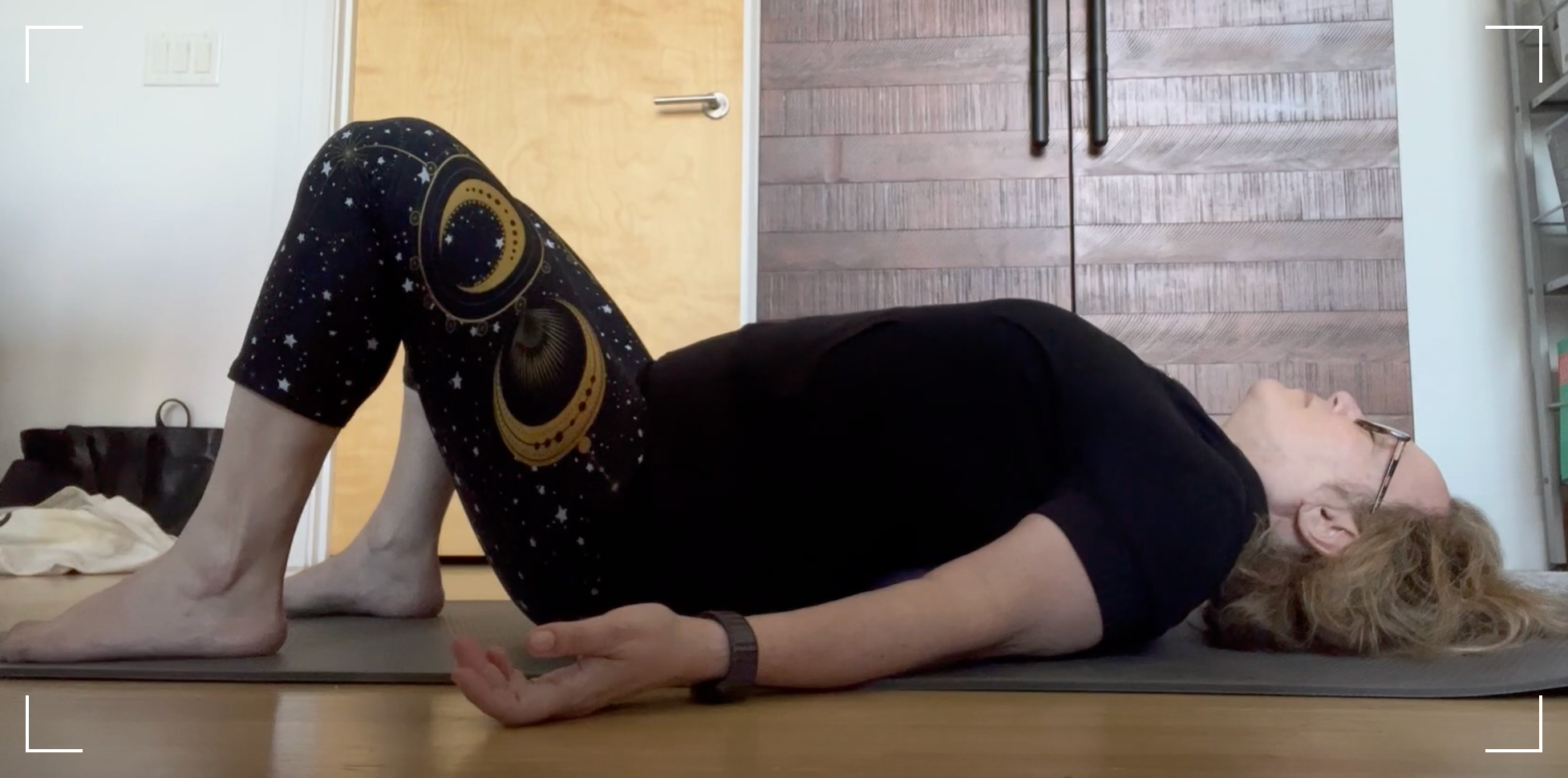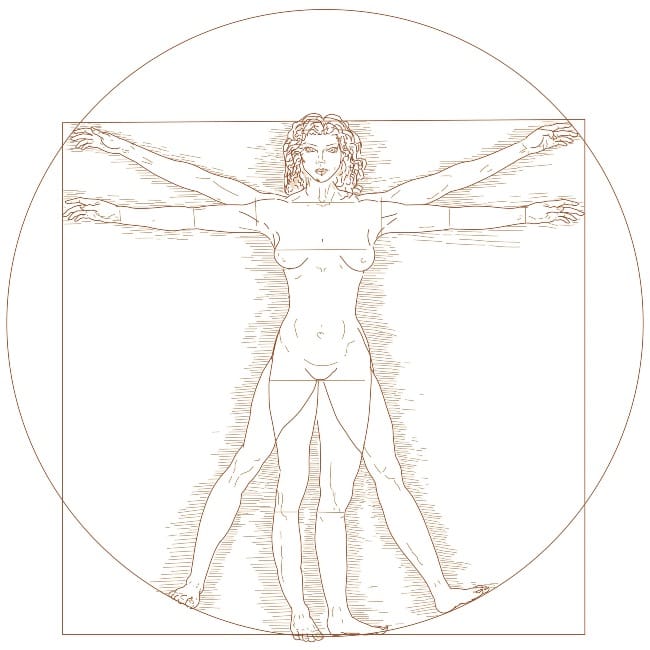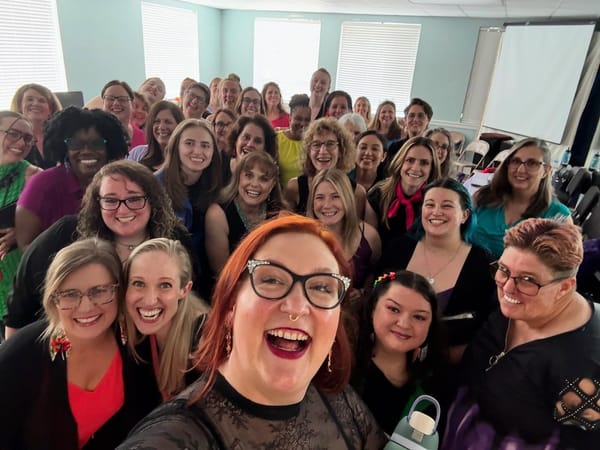Catharsis
Singing is a fully embodied musical experience. In retrospect, my difficulty learning to sing came from an inability to feel a functional connection between different parts of my body.

Is there a song that is guaranteed to make you cry?
A movie that never fails to put you in a romantic mood?
An act of cruelty that always enrages you to witness?
A joke that will reliably make you laugh?

Our emotions arise and flow in response to assorted stimuli. However, there is no joke that will elicit laughter from everyone, and no song that brings all listeners to tears. The specific stimuli likely to inspire in you feelings of delight, despair, hilarity or rage may be very different from the stimuli that would cause similar feelings to arise within me.
Do you have a preference for some feelings over others?
Are there feelings that you enjoy experiencing with greater intensity than you do others?
Our capacity to feel a wide range of emotions, at a variety of depths, is one of the very best things about being alive. We tend to label feelings “good” or “bad”, but experiencing the entire range of emotion available to us is what enables us to fully engage with ourselves, our relationships, and our world. Including anxiety, an emotion that is definitely not my favorite.
But while most of us would do our utmost to avoid situations that are likely to produce anxiety, I notice that the terrifying sci-fi Alien franchise has been going strong since it launched in 1979—and there’s even a TV series set to debut this coming August!
SO EXCITING

It turns out that, physiologically, the experiences of fear and excitement are all but indistinguishable. Both are characterized by an elevated heart rate, a release of adrenaline, swifter breathing, dilated pupils, and an overall heightened state of alertness. Whether we interpret this aroused state as “fear” or “excitement” depends on the conditions that stimulated it—whether we found them threatening or enthralling, i.e. whether you encountered that xenomorph on the street, or in the comparative safety of your local multiplex.
Leonardo da Vinci’s Vitruvian Man represents an archetypal ideal of the human form that none of us actually look like. It also reflects none of the experiences or baggage that account for how we individually respond to stimuli and express (or repress) our feelings. The variants that pepper this post are here to remind us that there can be no prescriptive solutions to achieve a posited physical or psychological ideal, and that even positive, cathartic change requires our consent.
In my last post, I talked about how Bioenergetic Therapy helped me free up my body and my voice in significant ways. I proposed that this week, I would offer less intrusive means of achieving similar results. That requires that I lay out what the results of my Bioenergetic work were, detail the mechanisms my therapists used to facilitate them, and propose a less intrusive alternative for each desired result. I’ll start with a cheat sheet, and then unpack the details.
| Result | Mechanism | Alternative |
|---|---|---|
| Reduced chronic tension in specific areas (i.e. “armor”) | Build up an intense charge (i.e. “up-regulate” by breathing fast and deep), then channel it into repeated, explosive movements that mobilize the blocked anatomy | Intense aerobic exercise, especially a martial art like kickboxing |
| A sense of functional continuity throughout one’s anatomy | Hold a stress posture until the sustained effort leads to global shaking | Yoga, massage, myofascial release |
| Increased flow of sensation and emotion throughout the body and mind | Verbalize whatever comes up while expressing repeated explosive movements or sustaining stress postures | Singing emotionally charged repertoire |
| A more grounded and confident sense of self | Co-creating narratives with a therapist that explain how your movements and feelings became blocked in the first place and whose fault it might have been (definitely not yours!) | Feel and express your feelings while someone, perhaps your voice teacher, holds space for you |
Reduced Chronic Tension
I got into Bioenergetic Therapy because I was feeling stressed out and adrift. I had no idea that one of its benefits would be the liberation of my singing voice!
All I knew was that when I tried to sing, my voice didn’t cooperate. I was unaware that the reasons included chronic muscular tension that was binding my abdomen, ribcage, throat, and face. Chronic tension had rendered parts of me rigid and numb, so I couldn’t even feel the tightness until it started to give way. When I began to enjoy more range of motion and sensation throughout my breathing and vocal anatomy, structures that had previously seemed immovable became available for me to train.
Bioenergetics attacks chronic muscular tension by getting you to emotionally amp yourself up to eleven and then channel all of that energy into thrashing around, screaming, and/or repeatedly hitting something. The repeated explosive movements and continuous vocalizing effectively “break through your armor” by mobilizing blocked or numb components of your anatomy and overriding your inhibitions.
The downside is that you initially developed your armor and inhibitions for a very good reason: to keep you safe. You may no longer be in the kind of danger you were experiencing back when you first developed a protective posture, or learned to inhibit thoughts you feared might give offense. However, your nervous system probably hasn’t figured that out yet. If you don’t take the time to communicate with your nervous system, clearly and patiently, you run the risk of re-traumatizing yourself by forcing yourself out of that protective posture, and forcing yourself to confront those endangering thoughts before you are ready to.
Literally any full-body aerobic activity that gets your heart rate up and mobilizes all four limbs can erode your armor. The irony is that the requirements of maintaining the armor may have been unconsciously preventing you from engaging in exercise! Breathe too deeply, and you’ll bump up against the armor; move too expansively, and you may irrationally feel like you’re about to break something or get in trouble. Get too excited, and it’s like that xenomorph is about to burst out of your chest for real.
So for starters, find something fun that is only modestly challenging. Martial arts can be great, because you still get to hit and kick things in a cathartic way, but with the supervision of a coach or instructor whose job is to keep you safe while you’re doing it. The accountability of signing up for a class or hiring a trainer can also be helpful. Bioenergetics was only effective for me because I had a skilled, compassionate therapist keeping an eye on me—there is no way I would have been able to do those exercises on my own, safely or otherwise.
I am a certified fitness trainer and could hang a punching bag in my studio if I wanted to… but I don’t. It wouldn’t be the right modality for every student, and even if it were, I generally recommend keeping activities designed to up-regulate your system separate from your voice work.
Intense aerobic activity may not be something that belongs in the studio, but myofascial release techniques are also very effective for eroding chronic muscular tension and, with skill, can safely be incorporated into a voice lesson. I’ll go into that in the following section.
Functional Physical Continuity
Singing is a fully embodied musical experience. In retrospect, my difficulty learning to sing came from an inability to feel a functional connection between different parts of my body. My teachers would encourage me to ground myself in various ways, and to allow my abdomen and ribcage to expand more fully, but I could barely conceive of the possibility of being able to do many of the things they were asking for.
Bioenergetics uses stress postures to break through discontinuities in the kinetic chain. You assume a position that stresses your musculature, like a wall sit, or a position that maximally stretches your tissues, like a forward bend, until your entire body shakes with the effort. At some point before everything finally gives out, believe me, you will feel continuity of sensation throughout your body!
Yoga is a fantastic alternative for cultivating continuity of movement and sensation throughout your body. I greatly prefer the experience of continuously creating a pose over the experience of holding a position until it makes me shake and scream! The reason for my preference is that it provides for an experience of continuously inviting my body to move in a new direction, thus continuously soliciting my own consent.
I do not incorporate yoga poses into my voice teaching, but I have some colleagues who do. The modalities I myself use are myofascial release tools, including massage balls and a variety of vibrating objects.
Myofascial release refers to the external manipulation of muscle and tissue, in order to introduce movement and sensation to areas that are tight or numb. I teach my students to use massage balls to loosen tight structures that can inhibit breathing and distort alignment. Small, hand-held massagers are ideal for loosening tension in and around the throat and throughout the articulators, and my studio also features a vibrating platform that is great for detecting and loosening areas you didn’t even know were tight. I will go into greater depth next week about incorporating myofascial release techniques into your practice, but this video provides some good examples of how simple, comparatively un-stressful postures can help loosen an armored torso and expand range of motion for breathing.

Myofascial release techniques have the advantage of providing strategies that singers can learn in the studio (or online!) and then use on themselves without supervision. When dealing with tension that has its origins in protective postures, it is so important to create a safe space. I prefer keeping touch to a minimum. Inviting singers to use myofascial release tools to explore their own bodies and listen for the feedback they get from their own nervous systems is the best way I know to help them release chronic tensions that can inhibit the voice.
Again, the thing about both yoga and myofascial release is that when practiced mindfully, they will be effective for releasing chronic tension and letting go of expressive inhibitions. Which is the reason that even when those very things are your goals, you may find yourself avoiding these modalities, given the emotional stress that alleviating chronic tension can bring to the surface. Go slow, and maintain a very safe space for this work.
Increased Flow of Feeling
Bioenergetics basically tears down your filters. It was very cathartic to scream and curse my face off while being encouraged to keep going, without fear of repercussions!
It gave me permission to scream and curse my face off whenever I felt like it, and I eventually learned that filters are not always such a bad thing to have. I also got in the habit of letting my feelings build up until I felt like exploding, then unloading onto someone who might have needed to hear about my feelings, but really didn’t deserve to hear about them like that. Some of you remember how I was back then, and I thank you for still being in my life!
Singing is the best practice I know for safely restoring the flow of challenging feelings through your psyche, while also promoting the flow of expression through your voice. That is why it is so important to sing lyrics that are personally meaningful for you, and to deeply explore the feelings of those lyrics. At first, you may find that you are so overwhelmed by the feelings welling up that the words feel impossible to sing. So practice feeling them as well as singing them, and you will find that over time it creates a kind of internal massage that expands your available range of emotion just as myofascial release exercises expand your physical range of motion.

Grounded, Confident Sense of Self
I believe that one of the best possible outcomes of therapy is the simple realization that you’re okay, just the way you are. You are, by the way! but each of us has to come to that insight on our own. I’m not saying that it’s okay for you to be in pain, or to be treated unfairly by others. I’m saying that you are a shining example of humanity, worthy of respect and compassion, with all of your baggage, confusion, and desires, met and unmet.
Which is to say that I don’t care how all this armor and all these inhibitions got there in the first place. Bioenergeticists think that analyzing their origins is a component of healing, but at this point I couldn’t disagree more. I recently discovered that lifelong chronic pain in my left side was almost certainly caused by two fractured ribs I don’t recall ever breaking. Maybe it was a bully on the playground. Maybe I fell out of a tree I was climbing. What it takes to restore integrity to my own tissues is the same, regardless of whether they were injured by someone else’s act of hostility or my own clumsiness.
The only tool we need borrow from a therapist’s toolbox is the ability to hold space for the person in front of us, to help them feel safe, seen, and supported.
More practical myofascial release stuff to come next week. Get out your vibrators!





